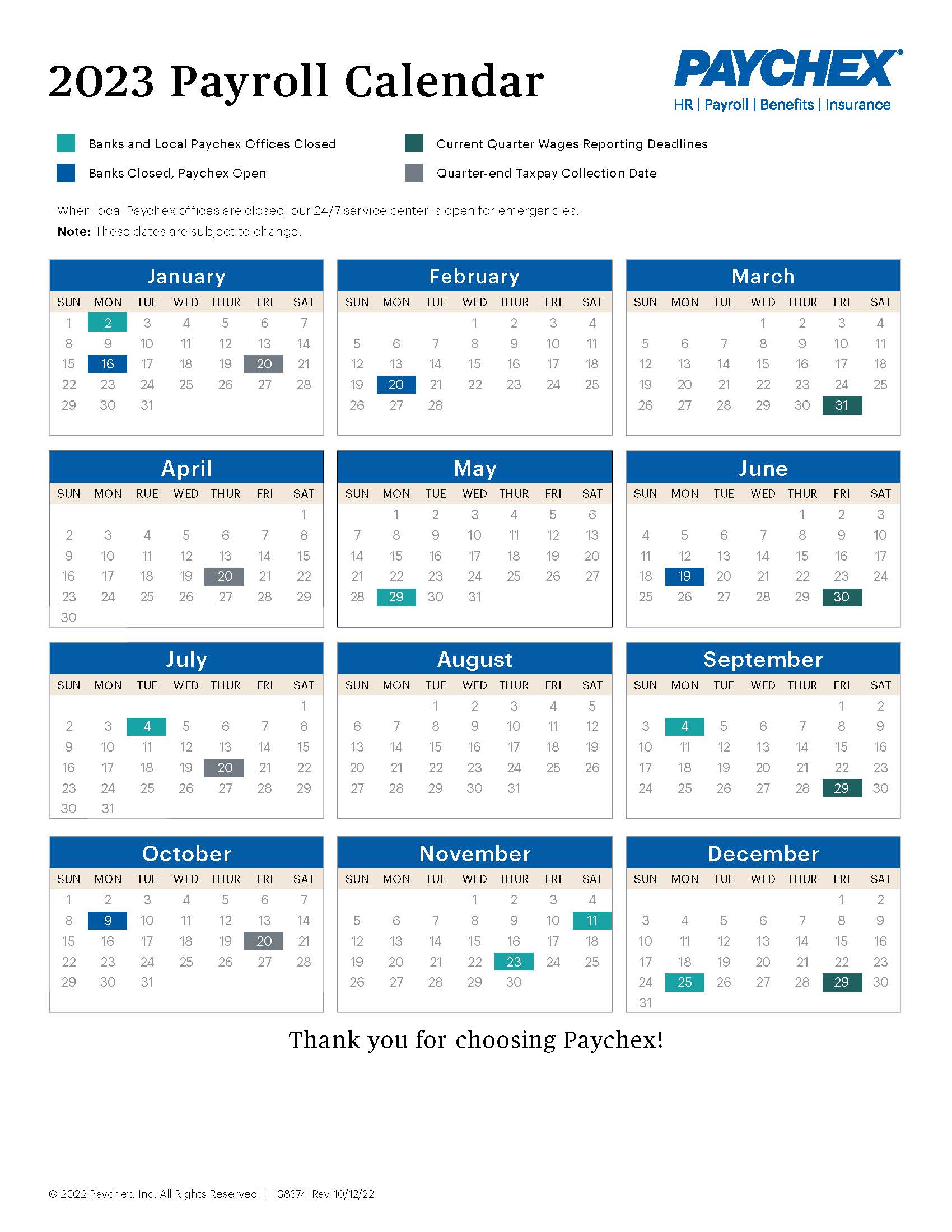Alright folks, let’s get real. If you’re reading this, chances are you’re either eyeing a federal job at the GS-13 pay scale or just trying to figure out how much those folks in Washington are making. The GS-13 pay scale 2024 is no small potatoes—it’s where the big boys and girls play, and we’re here to break it down for you. Whether you’re a career climber or just curious, this article’s got all the juicy details. So, grab your coffee, and let’s dive in.
When it comes to government jobs, the General Schedule (GS) pay scale is like the golden ticket. It determines how much federal employees earn, and GS-13 is one of the higher tiers in this system. But what exactly does this mean for you? Well, buckle up because we’re about to spill the beans on everything you need to know about the GS-13 pay scale for 2024.
This isn’t just about numbers; it’s about understanding the value of your work, the benefits that come with it, and how this pay scale fits into the bigger picture of your career. So, whether you’re negotiating a raise, considering a job offer, or just curious about what GS-13 employees earn, this guide has got you covered.
- Unlock Your Property Secrets A Comprehensive Guide To Larimer County Assessor Property Search
- Nc Skip The Games The Ultimate Guide To Leveling Up Your Dating Game
Understanding the GS-13 Pay Scale
What Exactly is GS-13?
First things first, let’s clarify what GS-13 means. The GS-13 pay scale is a classification within the General Schedule, which is the federal government’s pay structure for white-collar employees. Think of it like a ladder—GS-13 is one of the higher rungs, typically reserved for experienced professionals or those in leadership roles.
Here’s the kicker: GS-13 positions usually require advanced degrees, specialized skills, or extensive experience. So, if you’re climbing that career ladder, hitting GS-13 is like reaching the sweet spot where expertise meets compensation.
And hey, don’t forget—the GS-13 pay scale isn’t just about the base salary. There are all sorts of perks, bonuses, and locality adjustments that can significantly boost your earnings. More on that later, but trust me, it’s worth knowing.
- Unlock The Power Of Wheor Your Ultimate Guide To Success
- John Walsh Speaking Fee Unlocking The Value Of A True Legend
GS-13 Pay Scale Overview
Let’s talk numbers. The GS-13 pay scale 2024 is projected to reflect some key changes, including potential pay raises and updated locality adjustments. But before we dive into specifics, here’s a quick snapshot:
- Base salary starts around $97,973 (Step 1).
- Locality adjustments can increase this figure significantly, depending on where you work.
- There are 10 steps within the GS-13 pay scale, each offering a slight bump in pay.
Now, these numbers might seem straightforward, but there’s more to it than meets the eye. Locality pay, for instance, accounts for differences in cost of living across the U.S., so if you’re working in a high-cost area like San Francisco or New York, your paycheck could look a whole lot fatter.
GS-13 Pay Scale 2024: The Numbers
Base Salary Breakdown
Alright, let’s break it down. The GS-13 pay scale 2024 starts at $97,973 for Step 1, and it goes up from there. Here’s a quick rundown of the base salaries for each step:
- Step 1: $97,973
- Step 2: $101,504
- Step 3: $105,157
- Step 4: $108,935
- Step 5: $112,837
- Step 6: $116,862
- Step 7: $120,998
- Step 8: $125,240
- Step 9: $129,588
- Step 10: $133,998
But wait, there’s more. These are just the base salaries. Once you factor in locality adjustments, the numbers can skyrocket. For example, in the San Francisco area, GS-13 employees could be earning over $150,000 annually. Not bad, right?
Locality Adjustments Matter
Locality pay is a big deal when it comes to the GS-13 pay scale 2024. It’s designed to account for regional differences in cost of living, so if you’re working in a high-cost area, you’re likely to see a nice bump in your paycheck.
Here’s a quick look at how locality adjustments can impact your salary:
- Washington D.C.: +28.71%
- New York City: +30.97%
- San Francisco: +38.45%
- Chicago: +24.83%
- Atlanta: +15.97%
As you can see, the location of your job can make a huge difference in your take-home pay. So, if you’re considering a move or negotiating a job offer, locality pay is definitely something to keep in mind.
Eligibility and Requirements for GS-13
Who Qualifies for GS-13?
Not everyone can jump straight into a GS-13 position. Typically, these roles require a combination of education and experience. Here’s what you need to qualify:
- A bachelor’s degree, often supplemented by advanced degrees like a master’s or Ph.D.
- At least one to two years of specialized experience at the GS-12 level or equivalent.
- Demonstrated expertise in a specific field, such as engineering, IT, or management.
Think of it like a recipe. You need the right ingredients—education, experience, and skills—to make the dish. And trust me, the GS-13 pay scale is a pretty sweet reward for all that hard work.
Common GS-13 Positions
So, what kinds of jobs fall under the GS-13 pay scale? Here are a few examples:
- Senior Program Analyst
- IT Specialist
- Environmental Protection Specialist
- Project Manager
- Research Scientist
These roles often involve leadership responsibilities, complex problem-solving, and strategic planning. In short, they’re not for the faint of heart, but they come with some pretty impressive perks.
Benefits Beyond the Paycheck
What Comes with the GS-13 Pay Scale?
Let’s talk about the perks. Beyond the base salary and locality adjustments, GS-13 employees enjoy a host of benefits that make this pay scale even more appealing. Here’s a quick rundown:
- Comprehensive health insurance options.
- Retirement benefits through the Federal Employees Retirement System (FERS).
- Paid time off, including vacation days and sick leave.
- Opportunities for professional development and training.
And let’s not forget the stability. Federal jobs are notoriously secure, so if you’re looking for a career with longevity, GS-13 might just be the ticket.
Work-Life Balance
Work-life balance is another big draw for GS-13 employees. Many federal agencies offer flexible work schedules, remote work options, and family-friendly policies. So, if you’re juggling a career and personal life, these benefits can make a world of difference.
GS-13 Pay Scale vs. Private Sector
How Does It Compare?
One question that often comes up is how the GS-13 pay scale stacks up against private sector salaries. The truth is, it depends on the industry and location. In some cases, federal salaries might be lower than private sector counterparts, but they often come with better benefits and job security.
For example, a GS-13 IT specialist might earn slightly less than their private sector peers, but they’ll likely have access to more comprehensive benefits and a more stable work environment. It’s all about weighing the pros and cons.
Job Security and Benefits
Job security is a big factor when comparing the GS-13 pay scale to private sector salaries. While private sector jobs can be more lucrative, they often come with greater risks, such as layoffs or company closures. Federal jobs, on the other hand, offer a level of stability that’s hard to beat.
Future Outlook for GS-13 Pay Scale 2024
What’s on the Horizon?
Looking ahead to 2024, there are a few things to keep an eye on. First, there’s the potential for a pay raise, which could boost the base salary for all GS employees, including those at the GS-13 level. Additionally, changes to locality pay adjustments could impact how much employees earn in different regions.
And let’s not forget about the ongoing push for federal pay equity. As the government continues to address disparities in pay, we might see even more favorable adjustments for GS-13 employees.
Staying Informed
The best way to stay ahead is to stay informed. Keep an eye on updates from the Office of Personnel Management (OPM) and other federal agencies. They’ll have the latest information on pay scales, benefits, and other important details that could affect your career.
Conclusion
Alright, folks, that’s the scoop on the GS-13 pay scale 2024. Whether you’re eyeing a federal job or just curious about the numbers, this guide should give you a solid understanding of what to expect. From base salaries to locality adjustments and beyond, the GS-13 pay scale offers a lot to consider.
So, what’s next? If you’re serious about pursuing a GS-13 position, start by assessing your qualifications and exploring available opportunities. And don’t forget to factor in the benefits and work-life balance that come with federal employment.
And hey, if you’ve found this article helpful, drop a comment or share it with your friends. Knowledge is power, and the more we know, the better equipped we are to make informed decisions about our careers. Cheers to the future, and may your paycheck be as sweet as your success!
Table of Contents
- Understanding the GS-13 Pay Scale
- What Exactly is GS-13?
- GS-13 Pay Scale Overview
- GS-13 Pay Scale 2024: The Numbers
- Base Salary Breakdown
- Locality Adjustments Matter
- Eligibility and Requirements for GS-13
- Who Qualifies for GS-13?
- Common GS-13 Positions
- Benefits Beyond the Paycheck
- What Comes with the GS-13 Pay Scale?
- Work-Life Balance
- GS-13 Pay Scale vs. Private Sector
- How Does It Compare?
- Job Security and Benefits
- Future Outlook for GS-13 Pay Scale 2024
- What’s on the Horizon?



Detail Author:
- Name : Sarai Walsh IV
- Username : eldon43
- Email : zgrimes@yahoo.com
- Birthdate : 1990-02-03
- Address : 370 Sporer Harbor Lydiaport, DE 08654
- Phone : +1.726.399.9684
- Company : Howe, Schultz and Lakin
- Job : Insurance Underwriter
- Bio : Amet eius ratione voluptate dicta. Sed voluptatem tempora animi. Molestias tenetur fugit reprehenderit illo. Dolore iste eum voluptatibus et magnam.
Socials
linkedin:
- url : https://linkedin.com/in/homenick2021
- username : homenick2021
- bio : Quia iste minima voluptatem sint quia.
- followers : 720
- following : 2794
tiktok:
- url : https://tiktok.com/@lucio9257
- username : lucio9257
- bio : Et eos reiciendis est quasi nobis distinctio soluta sunt.
- followers : 3712
- following : 2273